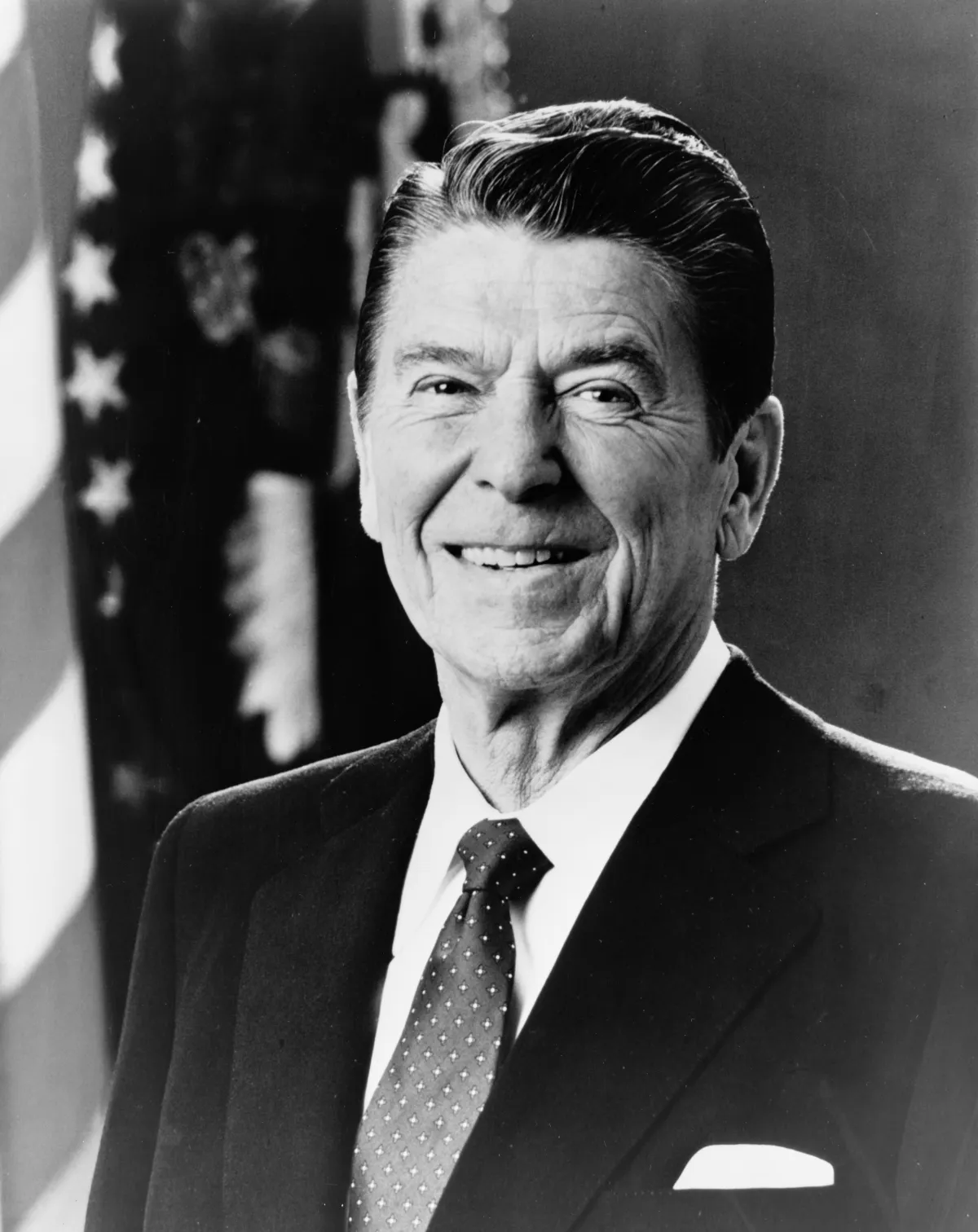David Humphreys
Leadership Philosophy
Servant Leadership:
Empowering and Transforming Teams
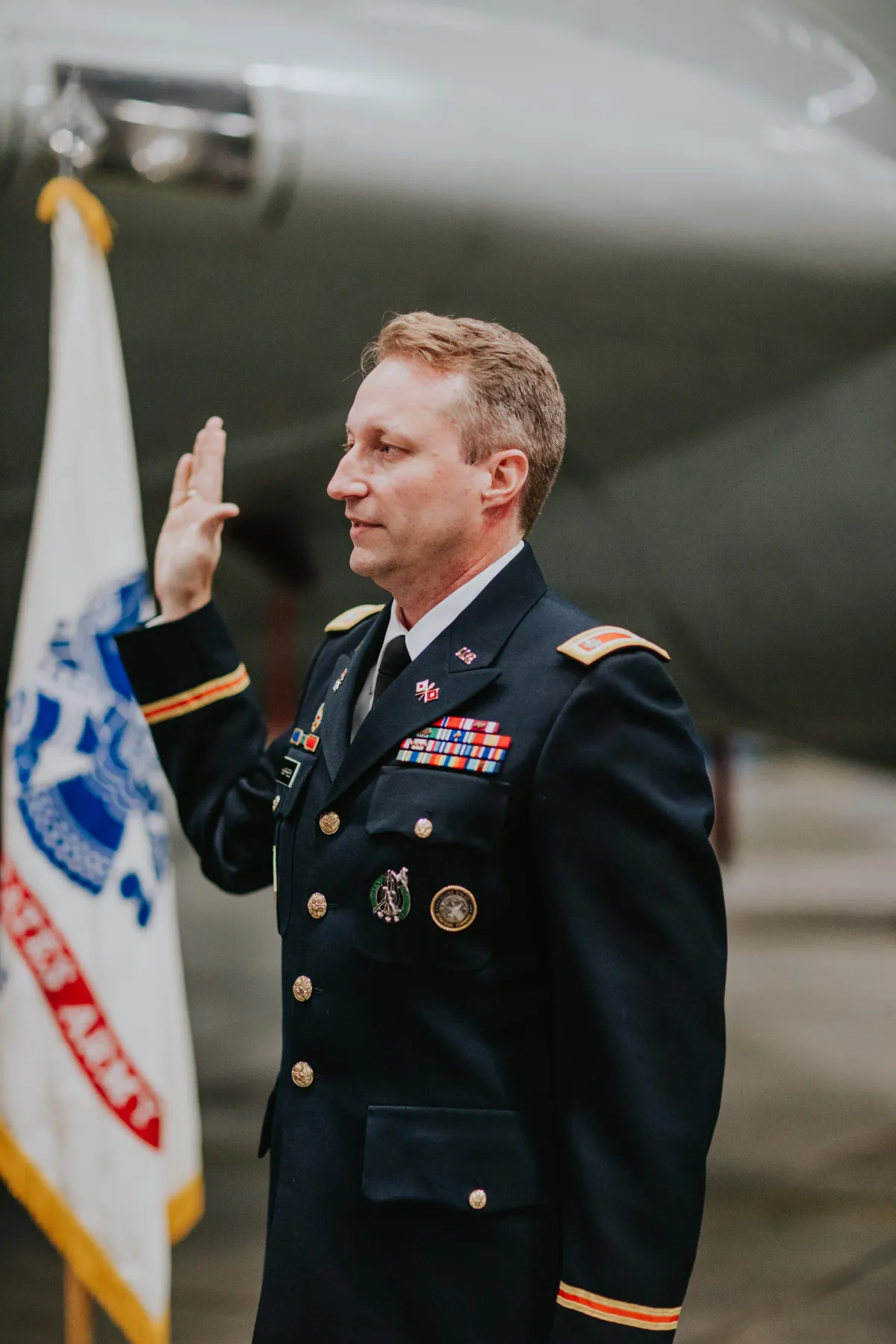
Servant Leadership, introduced by Robert K. Greenleaf in 1970, is at the core of my leadership approach. It shifts the focus from traditional hierarchies to prioritizing the growth and well-being of team members and the community. This approach fosters a culture of empathy, active listening, and holistic development.
In practicing servant leadership, my aim is to empower individuals. It’s not just about assigning tasks, but providing the support and resources each team member needs to thrive. By promoting autonomy and self-expression, servant leadership builds strong, cohesive teams where everyone feels valued and motivated.
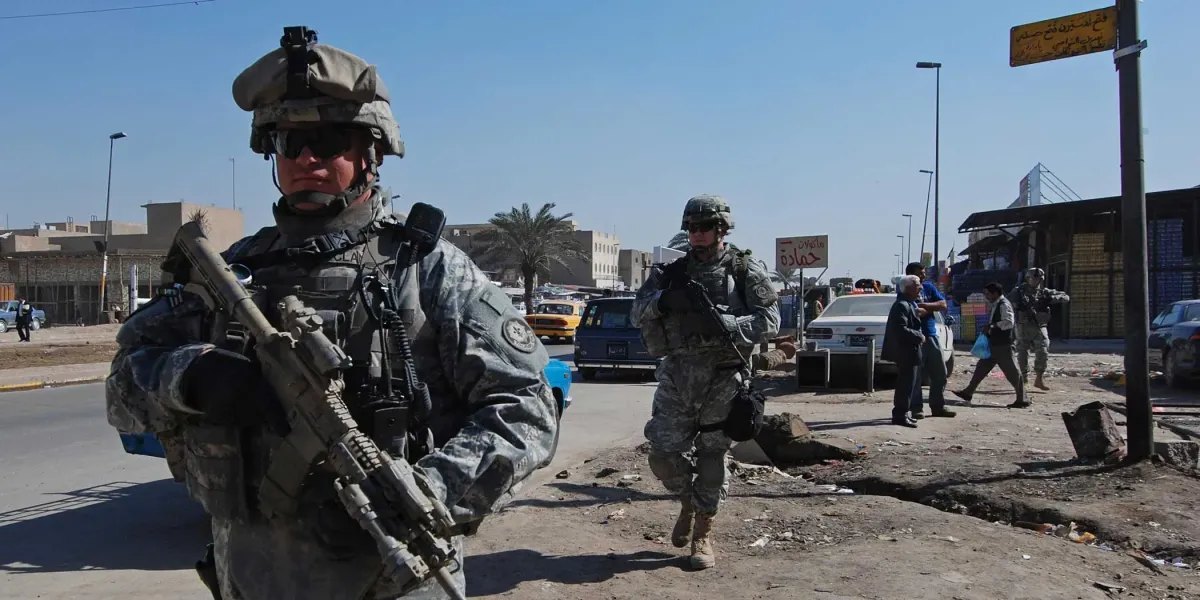
This approach also extends to how we engage with the broader community. It’s about making a positive impact through collaborative projects, community involvement, and corporate social responsibility. By prioritizing others’ needs, servant leadership creates a ripple effect, improving workplace dynamics while contributing to the greater good and societal well-being.
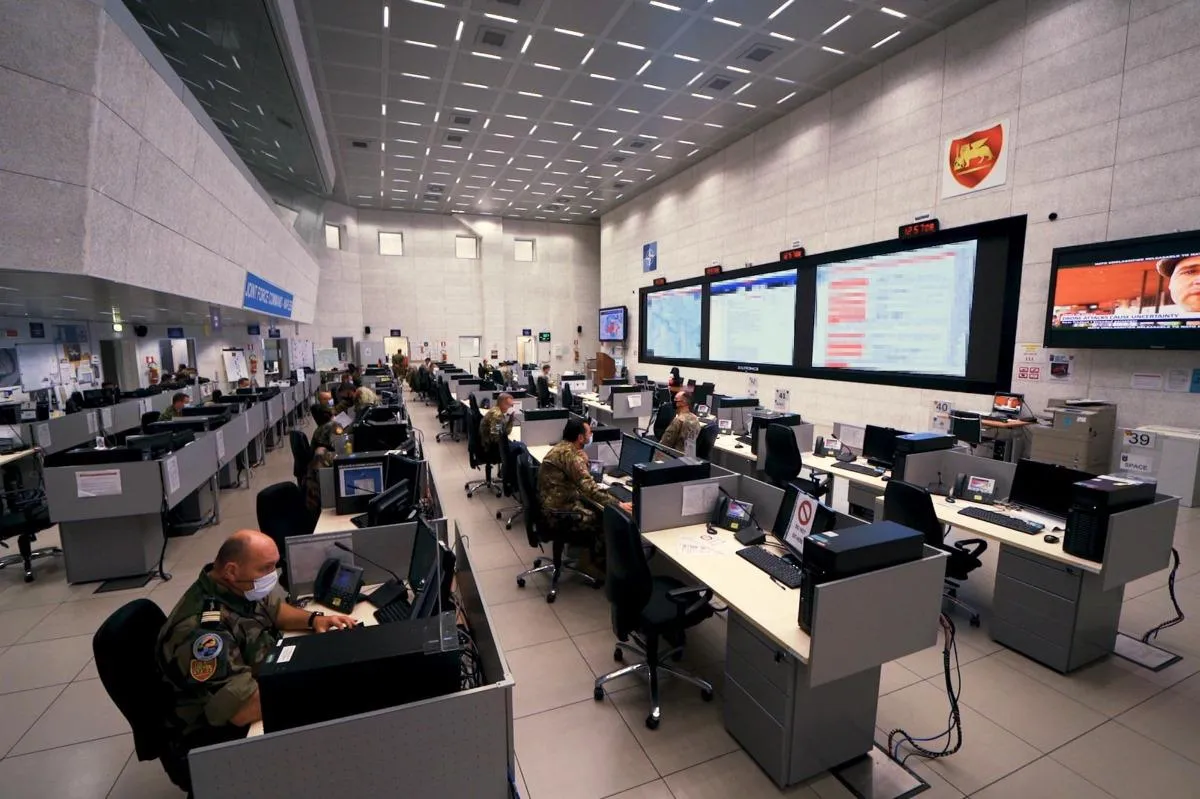

Here, you'll discover how servant leadership can transform team dynamics, boost engagement and productivity, and create an inclusive, supportive work environment. Through personal stories, case studies, and practical insights, I’ll highlight the far-reaching benefits of this leadership approach.
Join me in exploring the powerful impact of leading by serving, where true success is measured by the growth and fulfillment of those we guide.

“Leave nothing for tomorrow which can be done today.”
"The servant-leader is servant first… It begins with the natural feeling that one wants to serve, to serve first. Then conscious choice brings one to aspire to lead."
— Abraham Lincon
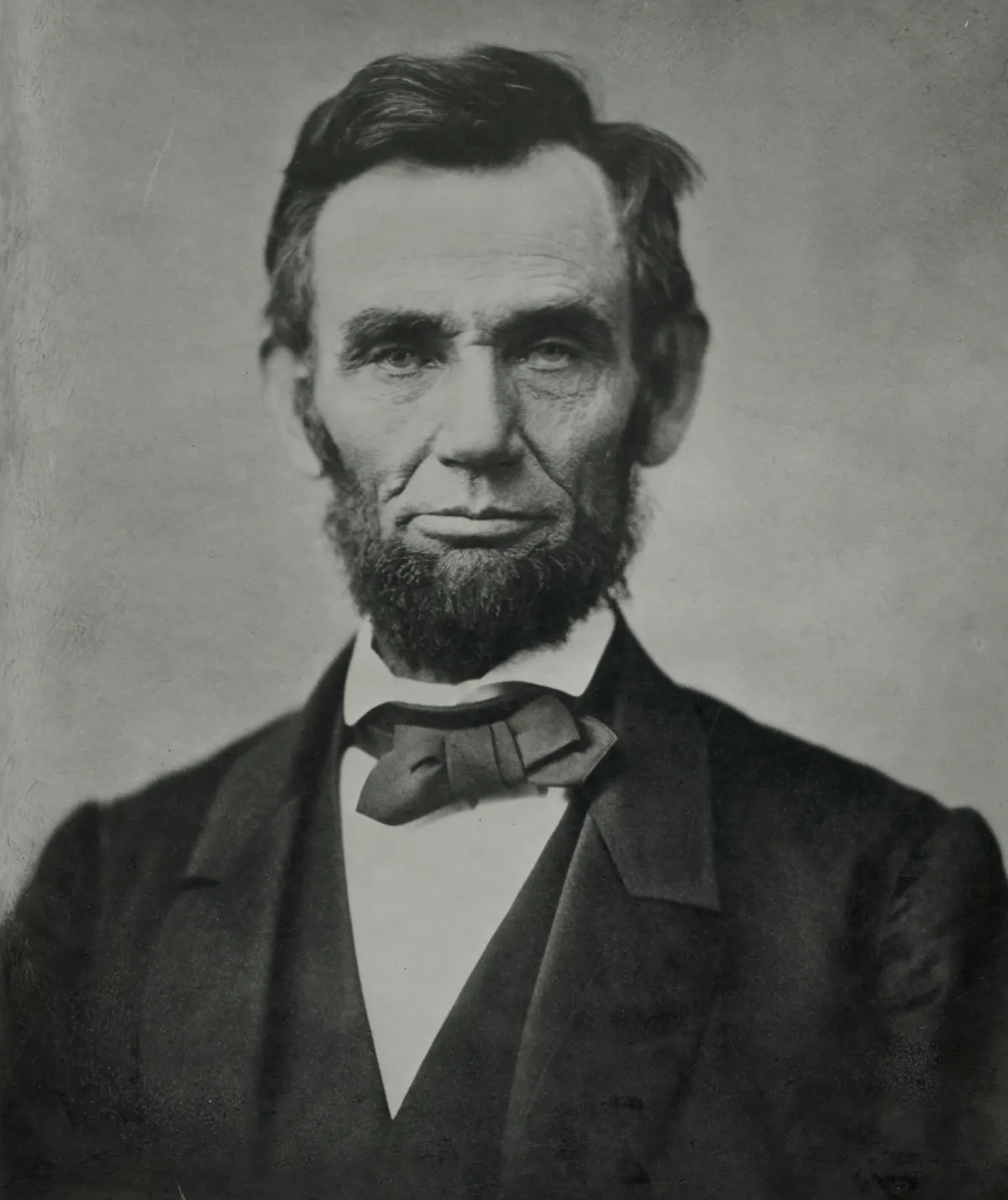
Why is Servant Leadership so Important today?
Ken Blanchard explains at the London Business Forum
3 ways to create a work culture that brings out the best in employees
Chris White speaks at TEDx Atlanta
Servant Leadership: How a jar can change the way you lead and serve
Ali Fett speaks at TEDxFondduLac
3 ways to create a work culture that brings out the best in employees
Chris White speaks at TEDx Atlanta
Leadership Principles
Empathy
Leaders earn respect from their employees; employees feel valued, and that management is looking out for their interests; there is a shared vision; there is often greater trust among employees and leaders; leaders consider the opinions of staff, which is likely to improve innovative efforts; and individuals develop skills and can advance professionally in a supportive environment.
Stewardship
Leaders approach situations and organizations from the perspective of a servant first, looking to lend their presence to answer the needs of the organization and others. Servant leaders seek to address stakeholder wants and requirements as their priority, with leadership to be pursued secondarily.
Empowerment
Developing and mentoring the team who follow their instructions, or the clients’ and customers’ needs, take precedence over personal elevation. I aim to share power with others and encourage their development and growth.
case study: Setting the Conditions for mission command to flourish
"The foundation isn’t built in a day; it’s built one day at a time"
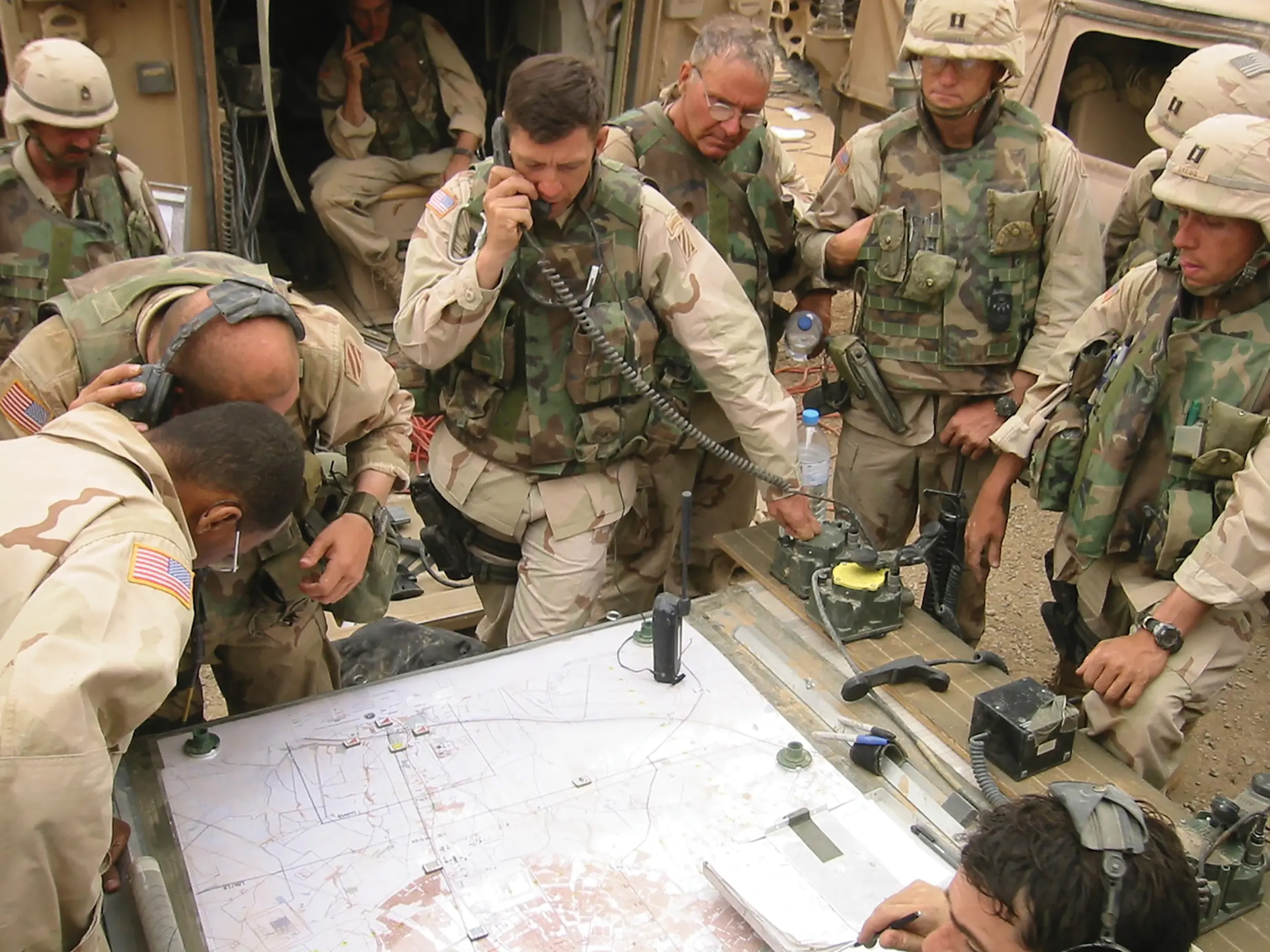
Case Study
Setting the Conditions for Mission Command to Flourish
Article written by LTC(R) Marc Boberg and MAJ Justin Cunningham
Background:
In April 2003, the 2nd Brigade 3rd Infantry Division, also known as the "Spartans," exemplified servant leadership principles during Operation Iraqi Freedom. During the Thunder Run into Baghdad, the brigade's large-scale combat operation (LSCO) highlighted the effectiveness of servant leadership in a complex military context, particularly in urban and challenging terrains.
Servant Leadership Approach:
While not explicitly labeled as such at the time, the brigade's approach mirrored key aspects of servant leadership. This was evident in their focus on empowerment, trust-building, and fostering a shared understanding of mission objectives, resonating with the servant leadership ethos of prioritizing the growth and well-being of team members.

Building Trust and Empowerment:
Under Colonel David Perkins' command, the brigade's success was rooted in a culture that valued mutual trust and empowerment, principles central to servant leadership. This involved building cohesive teams, establishing open communication, and encouraging disciplined initiative, allowing team members at all levels to contribute effectively to mission success.

Fostering a Learning and Adaptive Environment:
The servant leadership approach in the brigade created a "team of teams" - a learning organization where every member, from junior soldiers to senior officers, was empowered to make decisions within the scope of the mission. This environment encouraged innovation, adaptability, and learning from experiences, aligning with the servant leader's goal of developing and nurturing team members.

LTC(R) Boberg and MAJ Cunningham were published Military Review (2003)
Prioritizing Team Development and Communication:
The brigade's preparation for Operation Iraqi Freedom involved intensive training and preparation, focusing on developing effective, competent teams. This preparation included fostering a command climate of mutual trust and using effective communication to develop a shared understanding of the mission. Such an approach is reflective of servant leadership's emphasis on personal and professional growth of team members.
Empowerment Through Trust and Risk Acceptance:
The brigade's preparation for Operation Iraqi Freedom involved intensive training and preparation, focusing on developing effective, competent teams. This preparation included fostering a command climate of mutual trust and using effective communication to develop a shared understanding of the mission. Such an approach is reflective of servant leadership's emphasis on personal and professional growth of team members
Conclusion:
The case of the 2nd Brigade 3rd Infantry Division during Operation Iraqi Freedom exemplifies the application of servant leadership principles in a military context. It underscores the importance of building trust, empowering team members, and creating a learning environment for effective mission execution. The brigade's approach demonstrates how servant leadership can lead to extraordinary outcomes, even in the most challenging and complex situations.

About the Authors:
Lt. Col. Marc (Dewey) Boberg, U.S. Army, retired, is the chair for officership at the Simon Center for the Professional Military Ethic, U.S. Military Academy (USMA), West Point, New York. He holds a BS in leadership studies from USMA, an MS in management from Troy University, and an EdD in education leadership from Brigham Young University. He previously taught as an exchange officer at the Venezuelan Armor and Cavalry School, Caracas, Venezuela; in the Department of Foreign Languages (Spanish and Latin American studies) at USMA; and as the professor of military science at Brigham Young University. During his career, he served as an armor officer in the 1st Cavalry Division and the 2nd Infantry Division, and he deployed twice in support of Operation Iraqi Freedom with the 3rd Infantry Division.
Maj. Justin Cunningham, U.S. Army, is an armor officer serving in the Simon Center for the Professional Military Ethic, U.S. Military Academy (USMA), West Point, New York. He holds a BS in Russian from USMA and an MA in literature from the University of Missouri. He previously taught in the Department of English and Philosophy and currently teaches the Superintendent’s Capstone Course on Officership at USMA. He has previously served in operational assignments in the 1st Infantry Division, 101st Airborne Division (Air Assault), and the 4th Infantry Division, and he deployed in support of Operation Enduring Freedom.
Marc Boberg and Justin Cunningham, "Setting the Conditions for Mission Command to Flourish" (2023), https://www.armyupress.army.mil/Journals/Military-Review/English-Edition-Archives/July-August-2023/Mission-Command-Flourish/
George S. Patton, “Reflections and Suggestions,” in War As I Knew It (New York: Houghton Mifflin Company, 1947) , 357.
Stephen R. Covey, Trust and Inspire: How Truly Great Leaders Unleash Greatness in Others (New York: Simon & Schuster, 2022), 290.
David Zucchino, Thunder Run: The Armored Strike to Capture Baghdad (New York: Grove Press, 2004), 70–72.
Why is Servant Leadership so Important today?
Ken Blanchard explains at the London Business Forum
“The greatest leader is not necessarily the one who does the greatest things. He is the one that gets people to do the greatest things."
— Ronald Reagan
Prioritizing Well-being While Meeting Mission Goals
Striking the right balance between achieving mission objectives and prioritizing the well-being of your team is crucial. A key way to accomplish this is by actively involving team members in the decision-making process. This approach fosters a sense of ownership and responsibility, while also offering diverse perspectives that lead to more comprehensive and effective strategies.
Regularly holding open forums or one-on-one discussions allows team members to voice their concerns, suggestions, and feedback. This approach helps you better understand their needs and find innovative solutions that align with mission goals. A team that feels heard and valued is more motivated and resilient, even in the face of challenging situations.
“The greatest leader is not necessarily the one who does the greatest things. He is the one that gets people to do the greatest things."
— Ronald Reagan
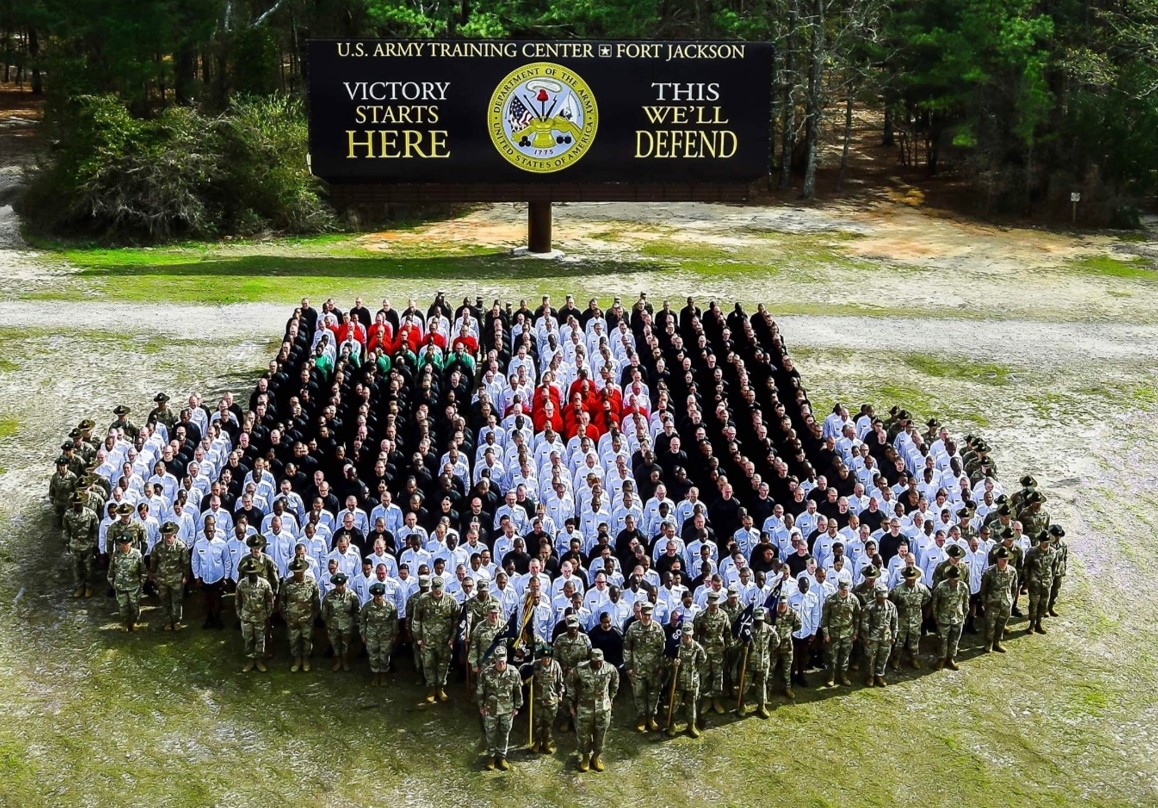
case study: Servant Leadership in Basic Combat Training
Soldiers learn to be good leaders from good leaders
Case Study
Servant Leadership in Basic Combat Training
Article written by Captain Wendy Almengor
Abstract:
This case study explores the implementation of servant leadership principles in the Basic Combat Training (BCT) at Fort Jackson, under the command of CPT Wendy Almengor, a Military Intelligence Officer. The challenges in BCT include transforming civilians into disciplined and skilled soldiers, while also balancing the rigorous demands of military training with the individual needs of trainees.
Servant Leadership Approach:
CPT Almengor applied servant leadership principles to foster a culture of mutual respect and empowerment. This approach was grounded in key servant leadership traits such as empathy, listening, stewardship, and commitment to the personal growth of others. Drill Sergeants, acting as the primary 'teachers' in this context, were instrumental in implementing these principles. They focused on developing the trainees not just in terms of military skills but also in self-awareness, autonomy, and resilience.
Strategies and Outcomes:
Empowerment and Engagement: Trainees were encouraged to take initiative and participate in decision-making related to training activities. This empowerment led to increased engagement and a sense of ownership over their learning process.
Personal Growth: A significant emphasis was placed on the personal growth of each trainee, aligning with the Army’s philosophy of “train Soldiers, grow them into leaders.”
Fostering Resilience: Through servant leadership, leaders at BCT were able to create an environment conducive to resilience. This was essential in preparing soldiers for the challenges of military life, including coping with stress and adversity.
Captain Wendy Almencor was published in the Center for Junior Officers
Part 2. Styles of Leadership & Commitment to Personal Growth
Conclusion:
The application of servant leadership in BCT at Fort Jackson demonstrated significant benefits. Trainees developed not only as soldiers but as individuals capable of leadership and resilience. The approach also fostered a positive training environment, where the needs and growth of the trainees were prioritized, aligning with the broader goals of military training.
This case study exemplifies how servant leadership can be effectively applied in a military setting, illustrating the philosophy’s adaptability and relevance across different organizational contexts.
About the Author:
CPT Wendy Almengor is a Military Intelligence Officer who currently commands Bravo Company, 3rd Battalion, 60th Infantry Regiment at Fort Jackson, SC. Prior to her command, she was the 3/60th IN BN S3. Her prior assignments include working in BN and BDE S2 shops and working as a Platoon Leader.
Almencor, Wendy, "Servant Leadership in Basic Combat Training" (2023) https://juniorofficer.army.mil/servant-leadership-in-bct/
Kenton, Will, , “Servant Leadership,” (2019) https://www.investopedia.com/terms/s/servant-leadership.asp
“Mastering the Art of Dynamic Leadership.” NCO Journal, (2018) https://www.armyupress.army.mil/Journals/NCO-Journal/
Queen, Cale, “The Power of Appreciation” NCO Journal, (2018) https://juniorofficer.army.mil/the-power-of-appreciation/
Alone we can do so little;
together we can do so much.
The Soldiers and Marines of Camp Venom, Al Yusufiyah, Iraq 2003.
The Soldiers and Marines of Radio Access Unit (RAU) 74 from Charlie Company, 141st Signal Battalion forward deployed to a small combat outpost near Al Yusufiyah, Iraq 2003. RAU 74 provided encrypted secure radio telephone coverage along ASR Sue during Operation Iraqi Freedom
Servant Leadership In the Army
Hellfires and “Half-Smashed Bugs” in Sadr City
I watched the infantry platoon on a drone’s black-and-white camera feed. The bird’s-eye view showed hulking Strykers escorting route clearance vehicles in Sadr City. They looked like slow-moving beetles guarding creeping praying mantises with outstretched arms, searching for bombs. The route clearance team had already found and detonated six improvised explosive devices in the past few hours, and they weren’t yet halfway through their mission.
We were in the middle of one of the most intense battles of the Iraq War. Weeks before, the Mahdi Army special groups had started launching missile after missile into the Green Zone. We had attacked deep into their territory and were working to establish a foothold. Just a few weeks before, one IED would have been a significant event; now we had six.
A seventh IED exploded, and I saw through the feed that 10 or so enemy fighters had joined in the ambush, spraying the platoon and vehicle with machine-gun fire. I jumped on the radio, rapidly relaying the information to the unit in sector. They had already seen the direction of the fire and shot back, hitting some of the fighters. I couldn’t tell if the enemy was killed, but I could see the Mahdi fighters dragging a few limp bodies as they ran away. A few minutes later the infantry platoon reported more fire. The drone circled around, and we spotted a pocket of three fighters down the alley firing shots. They ran away before we could fix their position and kill them.
I was in the command post with the battalion commander and a few operations officers. We were about 300 meters from the teams in the fight, directing our drone asset to fly to the right and left of the infantry and route clearance team. We were looking for the enemy fighters who were running around. The drones had Hellfire missiles, but we were trying to use the drones only as a visual aid to direct the fire of the infantry platoon. We didn’t want to waste a Hellfire on two or three people.
I thought about the soldiers in the route clearance vehicles. Those heavily armored four-wheel vehicles, 10 feet tall and 15 feet long. Some had huge plows; a couple had long hoes in the back, like arms—all designed to find and destroy mines and IEDs.
The team’s job was to go up and down a street and clear out all the bombs. They had such giant balls to do this that I thought they all had to be insane. Out in sector, they were sitting ducks. They were so intensely focused on finding and destroying IEDs that they ignored the bullets pinging off their vehicle from the Mahdi Army fighters. And if they didn’t find the bombs, they were dead. It took courage to be an infantryman out in sector battling, but this was next level. I said a silent prayer of thanks that these men existed. I also made a mental note that we needed to write up the whole platoon for heroism medals—I had been blown up five times in the entirety of my first deployment, and these soldiers had already had seven in one night.
I turned my attention back to the drone feed. The drones could zoom in on these fighters, show the outlines of a face, but not the features. The black-and white-footage was fuzzy, ghostly even. I could see the fighters’ AK-47s and their clothes flapping around them as they ran. I could see them raise their rifles to shoot at our platoons and then run away. But I couldn’t really see who they were or what they looked like.
The route clearance team was relentless, inching its way up the street. The evening was measured one IED at a time.
The enemy fighters got lazier and lazier. We saw another group of three hold their rifles down the alley, fire a few shots without aiming, and walk off with their AKs dangling casually by their side. Were they getting bored? I wasn’t sure, but we followed them with the drone. That group met up with three other fighters. I could count five AKs in the group of six fighters. The drone circled, staying with the men. More fighters joined. Some had AKs, some did not. It looked like one was carrying a tube. A rocket-propelled grenade launcher? After a few minutes, more joined. There were so many I couldn’t count how many were in the frame of the drone feed, but it looked like nearly 30.
Butterflies fluttered in my stomach and I clenched my jaw. I was excited, my breathing quickened, and my heart raced. Nearly a platoon of enemy fighters was in our sights. I looked around the command post and saw faces tense with eagerness. A fever, hot and frenzied, seized the group. With one shot we could kill the entire platoon that had been harassing our soldiers all evening. The enemy swarm was talking and a few started smoking; their hands gestured up and down as they spoke with each other. Their weapons were held loosely and pointed toward the ground. The minutes clicked by. What were we waiting for?
I looked at my commander expectantly, waiting for him to give word to launch the Hellfire missile. I was so excited my breathing was getting out of control. I was nearly gasping as if from a hard run, but my boss looked calm and steady. His eyes were pinpricks of ice, and he didn’t look at us, just at the screen. We waited. He waited. I realized he was giving them time. He wanted to make sure everyone who was coming was there. He wanted to kill all of them.
Minutes passed. When he was sure no one else was coming, we fired a Hellfire.
The screen went blinding white for a split second, the heat from the missile clouding the optics. Then the picture returned. We saw the fighters dash away in every direction. They were well-trained and must have heard the missile launch. But it’s hard to outrun a missile. There was a white blossom as the Hellfire hit the group and the image faded for a moment. When the screen came back the first thing I saw was a mass of mangled bodies and a few fighters staggering. It was impossible to know how many we killed, but we had hit right in the middle of the platoon.
The room erupted into cheers. We started high-fiving and clapping each other on the back. I felt an immense sense of relief as my body relaxed and my chest expanded, allowing deep breath after breath. Like a huge vise had been released from my lungs.
My eyes were drawn back to the drone footage, and I noticed a torso. While we were celebrating, it was moving, crawling its way across the ground. Like a half-smashed bug, it kept crawling for a couple of seconds, bleeding to death. Then it stopped among all the other carnage. Another soldier came up to give me a high-five; I turned away from the drone feed, grinned, and slapped his hand.
Editors Note: This article first appeared on The War Horse, an award-winning nonprofit news organization educating the public on military service. Subscribe to their newsletter
Empathy
Leaders earn respect from their employees; employees feel valued, and that management is looking out for their interests; there is a shared vision; there is often greater trust among employees and leaders; leaders consider the opinions of staff, which is likely to improve innovative efforts; and individuals develop skills and can advance professionally in a supportive environment.
Stewardship
Leaders approach situations and organizations from the perspective of a servant first, looking to lend their presence to answer the needs of the organization and others. Servant leaders seek to address stakeholder wants and requirements as their priority, with leadership to be pursued secondarily.
Empowerment
Developing and mentoring the team who follow their instructions, or the clients’ and customers’ needs, take precedence over personal elevation. I aim to share power with others and encourage their development and growth.
David J. Humphreys
International IT Executive
Application Developer
Cyber Security Expert
San Antonio, Texas

For more of my latest projects, follow along on instagram at @david_humphreys.
Website by David Humphreys | All content Copyright © H&H Creative Group LLC 2025

